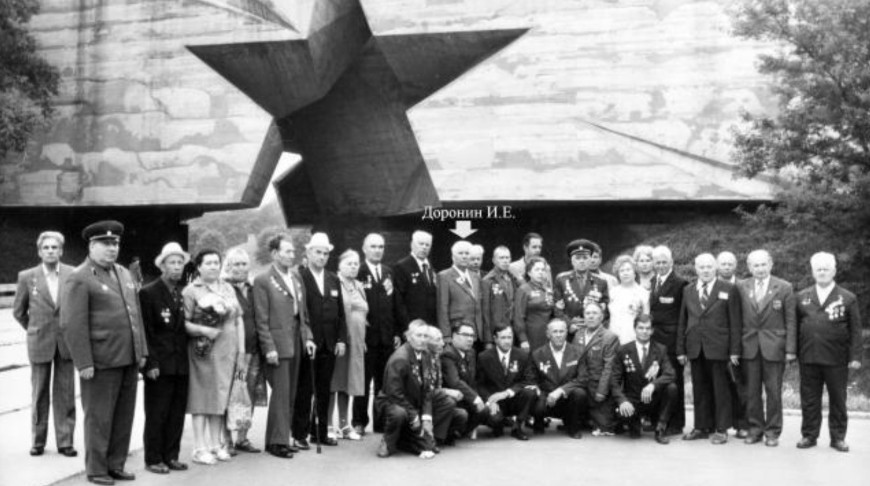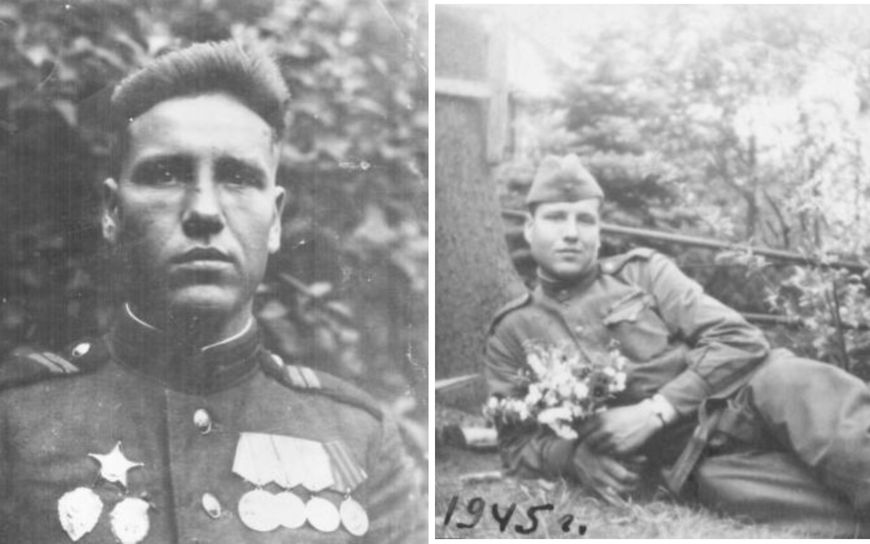
News of the story
"Victory Parade: Stories and Faces"
MINSK, 5 September (BelTA) – Ivan Doronin was conscripted into the army in the autumn of 1940. He performed his military service on the Soviet-Polish border. On the morning of 22 June 1941, he and his comrades heard the thunder of exploding shells and aerial bombs. It immediately became clear: war!
He was enlisted into the 69th Guards Artillery Regiment as a gun layer. He often had to participate in battles alongside the infantry. In the summer of 1942, north of Donetsk, finding themselves surrounded by the enemy, Ivan Doronin and his comrades-in-arms spent a month moving in separate groups at night to reach the positions of Soviet troops.
Later, the soldier was assigned to the 16th Separate Special Purpose Engineer Brigade, where he was trained in mine and explosive operations. As part of this unit, he participated in mining roads, bridges, and the front line of defense, and fought through the Battles of Stalingrad and Kursk.

In 1943, he was awarded the medal For Battle Merit” for carrying out a particularly important combat mission. From 4 to 10 June, he defused and detonated unexploded aerial bombs at the Kursk railway junction. Some of the shells were delayed-action types. The commendation document noted that of the 11 aerial bombs he uncovered and destroyed, one weighed a full tonne and another three weighed 500 kilograms each.
Ivan Doronin participated in the liberation of Kiev, Zhitomir, Kalinkovichi, Rogachev, Rechitsa, Mozyr, and Brest, as well as the encirclement and assault of Warsaw. For deminers, the enemy's retreat always meant a massive workload. “Disarming each aerial bomb required 3–4 hours of intense work, and always a hair's breadth from death,” the veteran recalled. The work of the brigade in which Ivan Doronin served continued even after Victory Day.
When the unit was deciding whom to send to the parade in Moscow in May 1945, the choice fell precisely on Red Army soldier Ivan Doronin. As part of the composite regiment of the 1st Belorussian Front, he marched across Moscow’s Red Square. Afterward, he returned to Berlin to continue clearing the city’s territory of mines, shells, and unexploded aerial bombs.
The combat path of Red Army soldier Ivan Doronin spanned approximately 40,000 km. He was wounded and shell-shocked three times. In 1942, he was even listed as an irrevocable loss. He was awarded the medals For the Defense of Stalingrad, For Battle Merit, For Courage, For the Liberation of Warsaw, For the Capture of Berlin, For the Victory over Germany in the Great Patriotic War of 1941–1945, as well as the Orders of the Patriotic War 1st and 2nd Class and the Order of the Red Star. He received 17 commendations from the Supreme Commander-in-Chief.
The project “Victory Parade: Stories and Faces” is published in the 7 Days newspaper and on the website of the Belarusian news agency BelTA twice a month. During the year we will be narrating the stories of the Belarusians who took part in the legendary Victory Parade. These men fought at Rzhev and Odessa, won the battles of Stalingrad and Kursk, liberated Belarus, and took Berlin. On 24 June 1945 they marched triumphantly through Red Square in Moscow. They are the faces of our great Victory!





![Harald Jude Menezes [Screengrab/Belarus 4. Brest TV channel] Harald Jude Menezes [Screengrab/Belarus 4. Brest TV channel]](https://eng.belta.by/images/storage/news/with_archive/2025/000022_1766654315_175272_medium.jpg)







